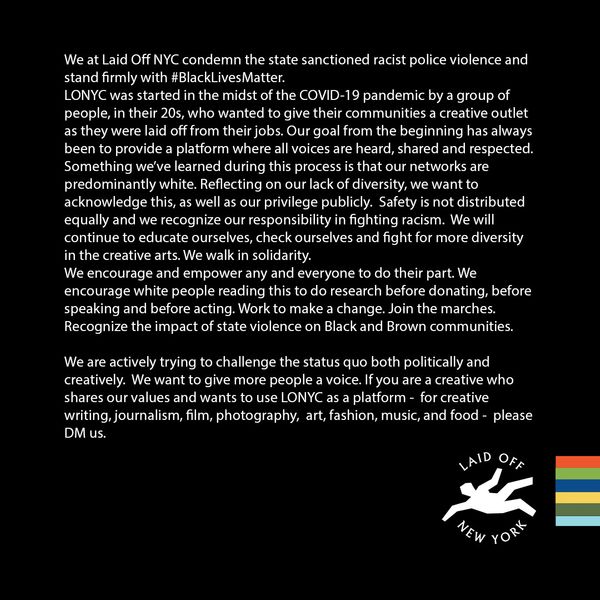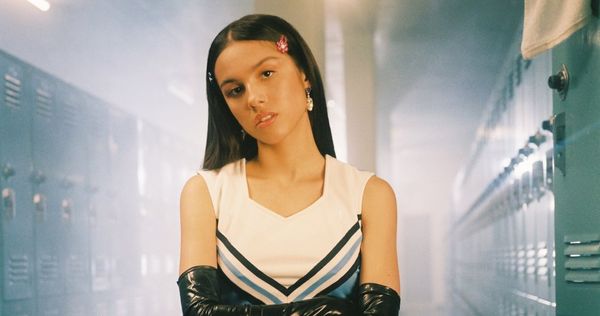by Callie Hitchcock
Sean Baker’s previous movie locales include the sun-beaten Hollywood streets and the pastel halls of a Florida motel. In Red Rocket, we are taken to small-town Texas, as porn star Mikey Saber (Simon Rex) returns home after 17 years and a series of vaguely alluded to unfortunate events. He cajoles his way into staying with the woman he is still technically married to, Lexi (Bree Elrod), and cobbles together a life for himself through lying, hustling, and an emphatic charm. He meets 17-year-old Strawberry (Suzanna Son) at the local Donut Hole, and an ill-advised romance ensues.
The film focuses mostly on scenes of dailiness—chores, errands, lying around on the couch—but it is hypnotically immersive. One walks out of the theater in a daze, not wanting to transfer back into reality, a testament to Baker’s deep understanding of the imaginative and emotional potential in the mundane. He strips and slows down the world and makes you feel like a teenager roaming your home town in the summer. The sticky sweat from biking, the smell of the factories nearby, the taste of powdery donuts, the hot humid air and the glare of the Texas sun—Baker’s shots keep the viewer in a sensory, moment-by-moment kind of experiencing. The characters live methodical, day-by-day lives that decelerate experience into a full-bodied present. We follow Mikey on Lexi’s bike, his only form of transportation, from his house to the donut shop, and tag along with him bumming rides from his neighbor to the strip club, to the mall.
Baker spends a painterly amount of time on the sensory details of small-town life, and he applies that same detail to his characters and their relationships. All of his films are populated by characters who defy a good/bad binary, and Red Rocket takes this challenge seriously. We watch Mikey wander off a bus, walk to his ex-lover’s house after 17 years, convince her to let him stay, stay, get a job selling weed, buy men’s clothes from a garage sale, and find a girlfriend, all while riding a banana-cream-pie-looking bike with key lime-green wheels. His charisma is a heat-seeking missile, and his chirpy, frantic energy usually gets him what he wants. This kind of resourcefulness and slow accumulation of hard-fought wins endears him to the audience; we want him to succeed and find a toehold in the world. But he also has a psychic range that veers from scrappy schemer to outright dirtbag. By wanting him to succeed, even the audience falls under his spell. In his sleaziest moments, he attempts to convince Strawberry to be a porn actress so he can move back to LA and make money off of her success, all while continuing to sleep with his current wife. He constructs a house of cards that you both do and don’t want to collapse.
Strawberry is similarly complex. She is intelligent and canny but also inflicted with a lost-in-the-sauce romantic naivety. In an interview with Nylon, Son argues that Strawberry is “screwing him as much as he’s screwing her….She might like to play that she is a little bit coy and shy and young, but that’s her weapon. She weaponizes her cuteness.” In an interview with The Los Angeles Times she says, “he is the naive one who’s sort of put Strawberry in this box of what he thinks she is, but she’s so much more than that. She’s quietly focused, quietly calculated.” It’s a compelling analysis but one that oversimplifies both Strawberry and her relationship with Mikey. In the film, she doesn’t come across as either completely in power or completely powerless. Rather, she is variable: bold and sharp, but not quite ready for what’s coming her way. In one scene she sings a powerful cover of “Bye, Bye, Bye.” (Baker had to get the approval of every single member of NSYNC to secure the rights to the song.) The strength of her voice and the creative virtuosity of the rendition hints at a power within this young girl that we have perhaps underestimated. Later down the line, we see her quitting her job, school, and life for a guy who makes her happy but has designs to exploit her. She has enormous depth and range of spirit but is fallible; when someone tells her what she wants to hear, she believes them.

The fate of Mikey and Strawberry is left open-ended—the final scene shows Mikey standing outside Strawberry’s house after walking for hours with a trash bag full of his possessions, a few thousand dollars poorer after a shakedown by some enemies he’s made during his short time back in town. When he gets to Strawberry’s house, he sees a dream vision of her dancing in the doorway, all light and love, dressed in a bikini with cartoon strawberries on it. Is Strawberry home? Do they actually go to LA? We never find out. Baker keeps the audience trapped in the feeling of not knowing whether they want Mikey to succeed after the Uncut Gems-style narrative locomotion of the film follows him to the finish line, or to fail, leave this girl alone, and take his antics somewhere else. There’s no catharsis of a conclusive outcome.
The visual uncanniness of the final dream sequence matches the unsettling, Willy-Wonka visuals and surprising, pastel buildings Baker sprinkles sparingly throughout the film that echo his Florida Project locales. We always have a sense that there is something a little unworldly about these places, and we are slightly unmoored, with a heightened sensitivity to dreamlike illusion. Could this all be a dream? The ending feels like a culmination of a fantasy, but we—like Baker’s characters—don’t know if it will ever come to fruition.
Callie Hitchcock is a writer living in Brooklyn and a graduate of the NYU journalism Master’s degree for Cultural Reporting and Criticism. She has published writing in The Believer, The New Republic, the Los Angeles Review of Books, Real Life Magazine, and elsewhere.



